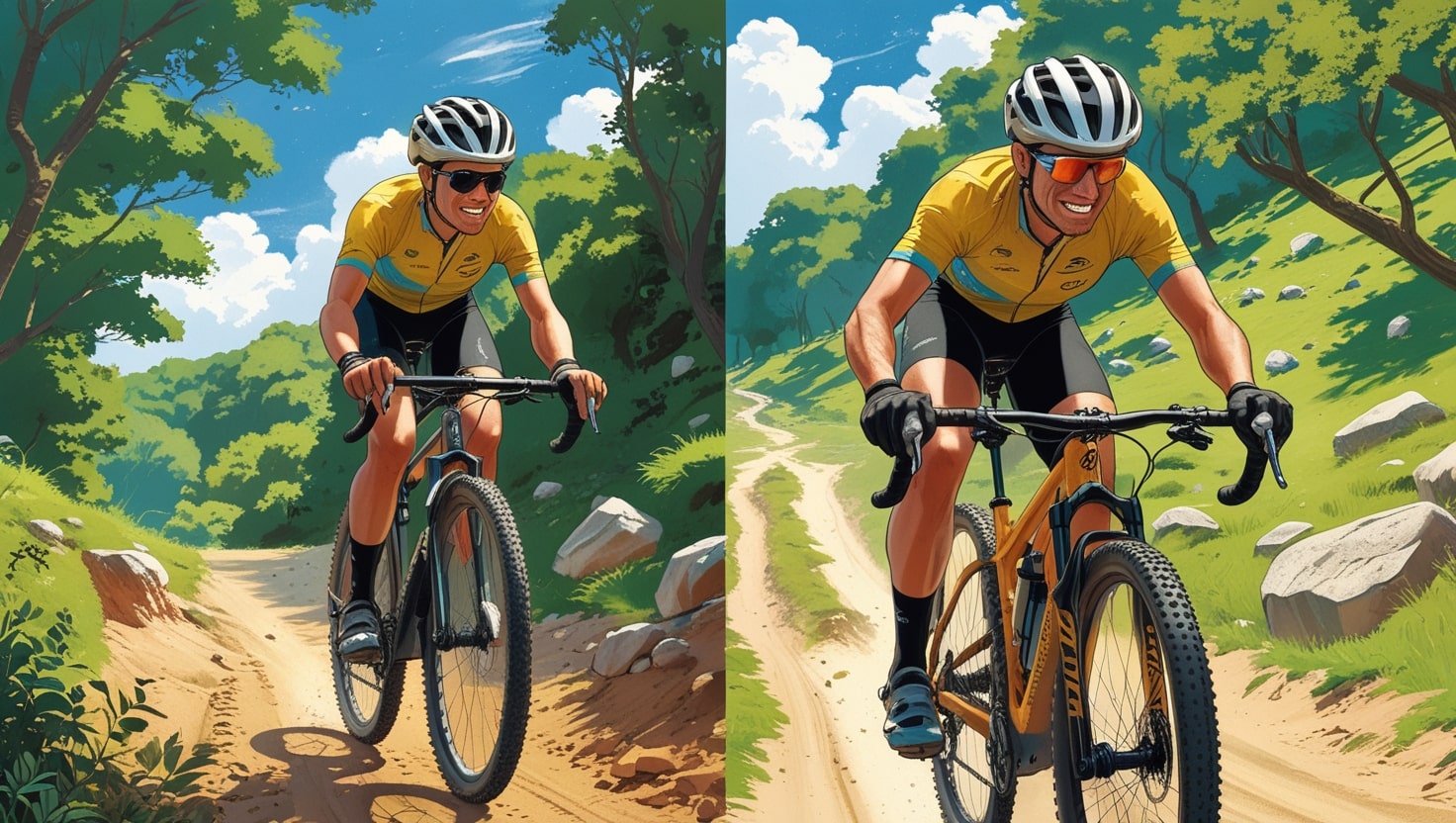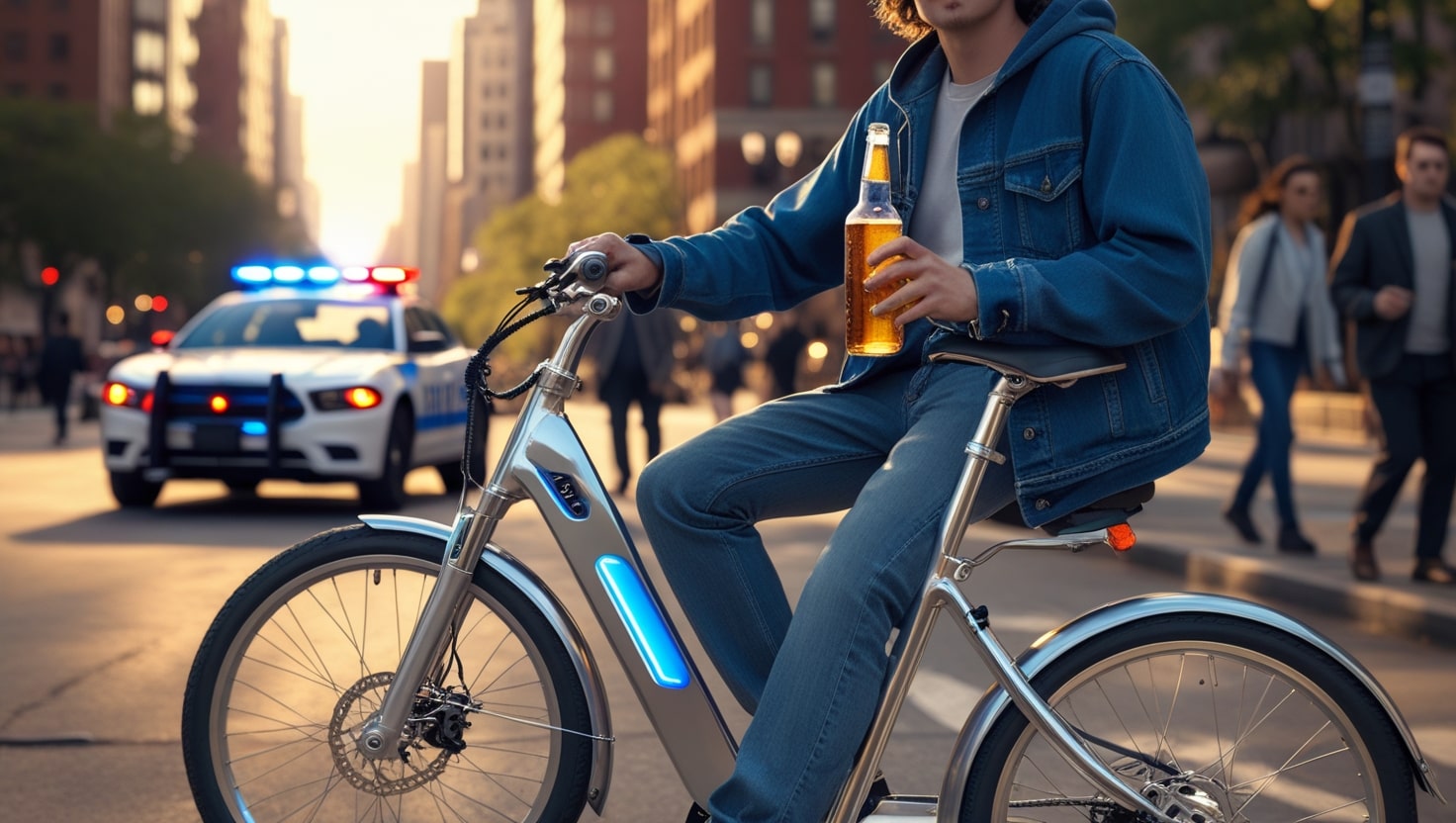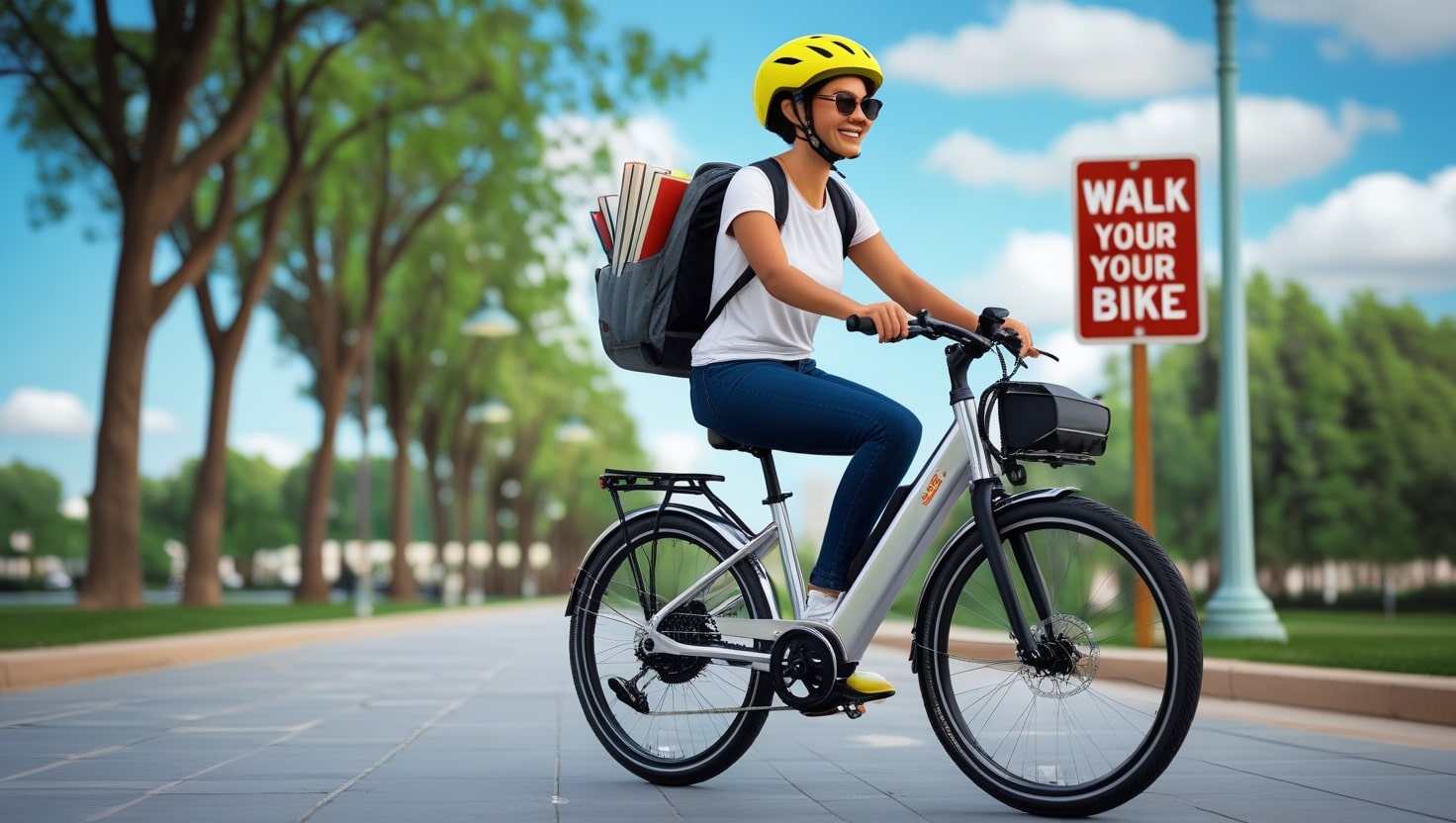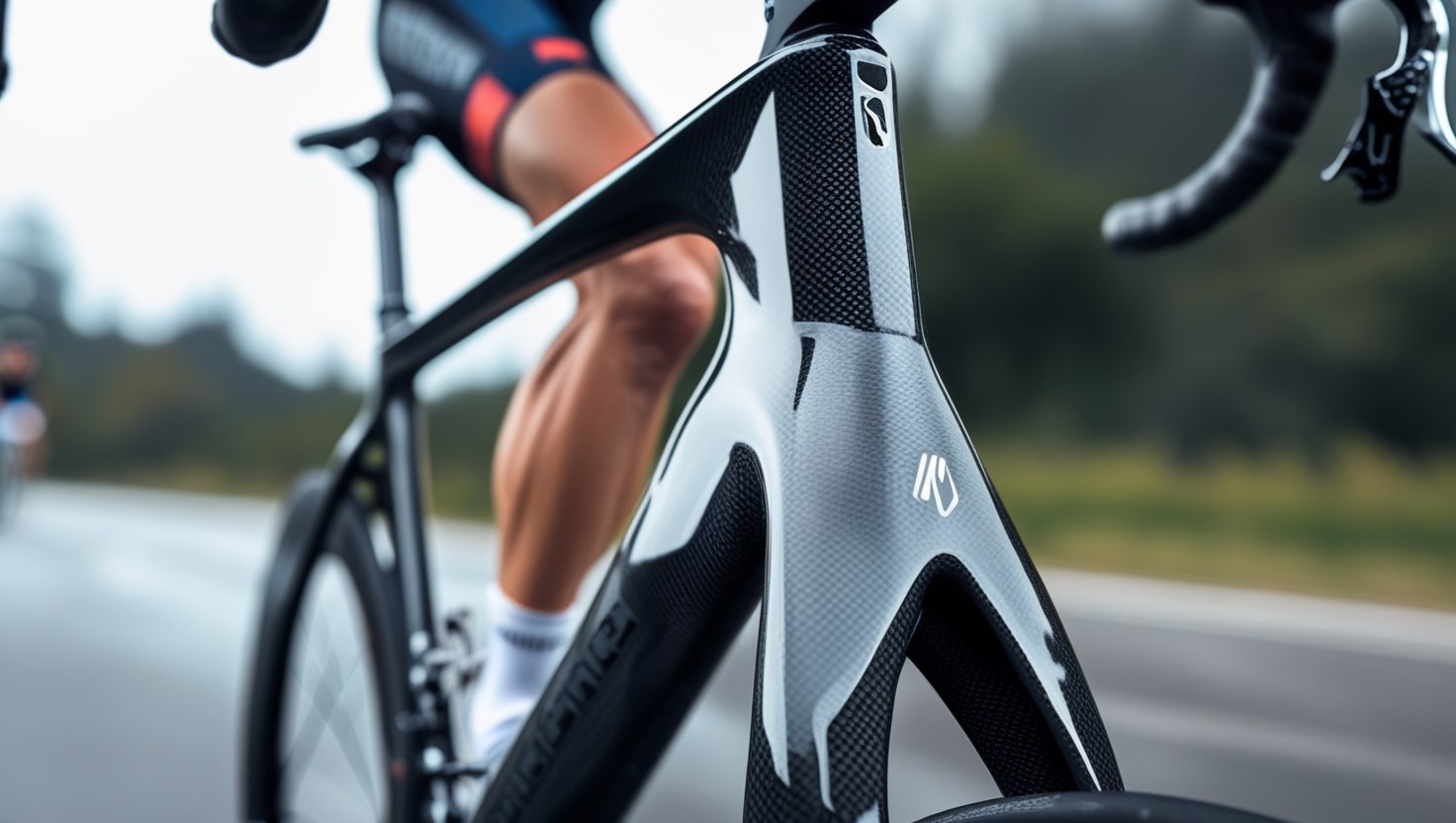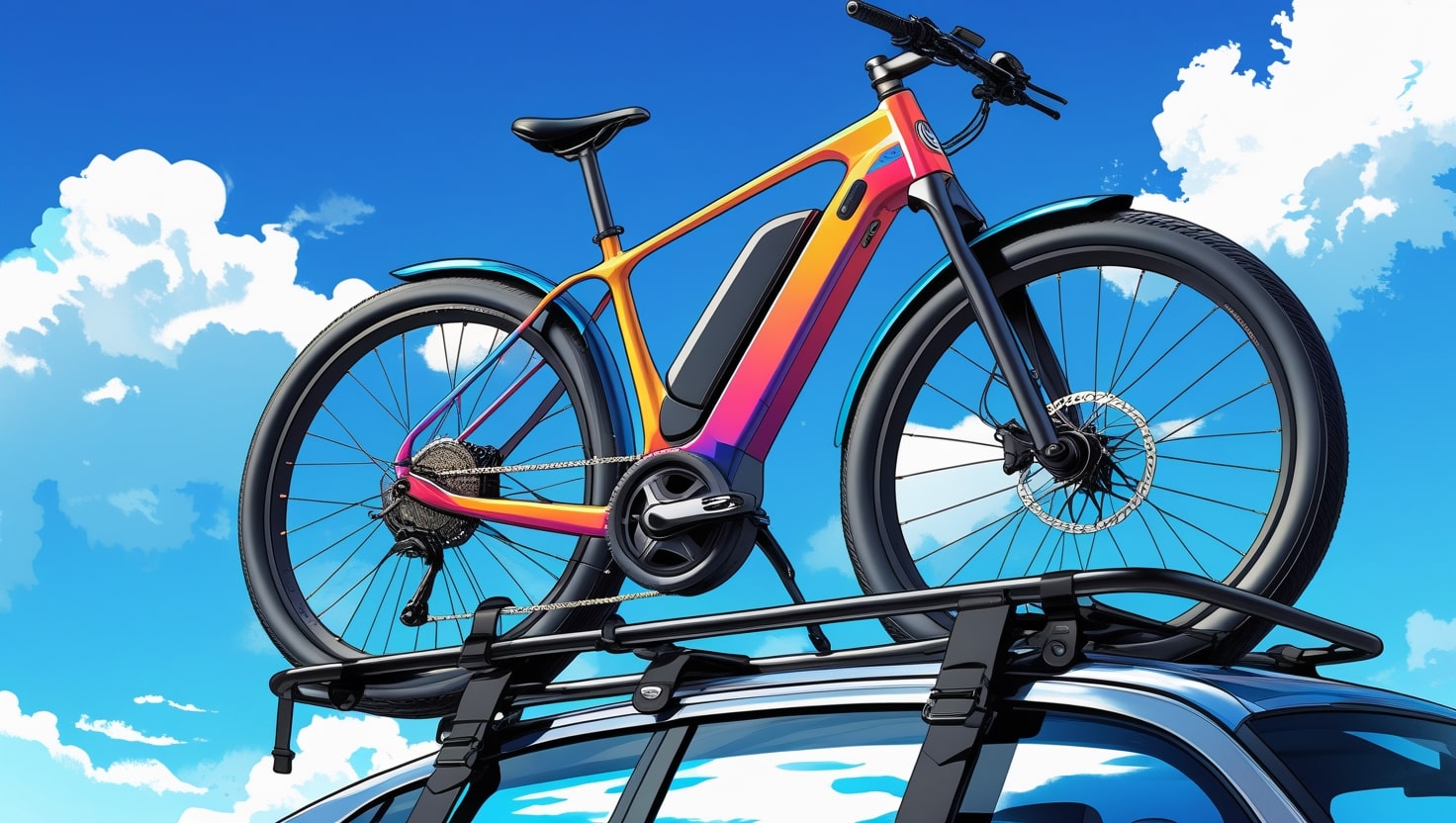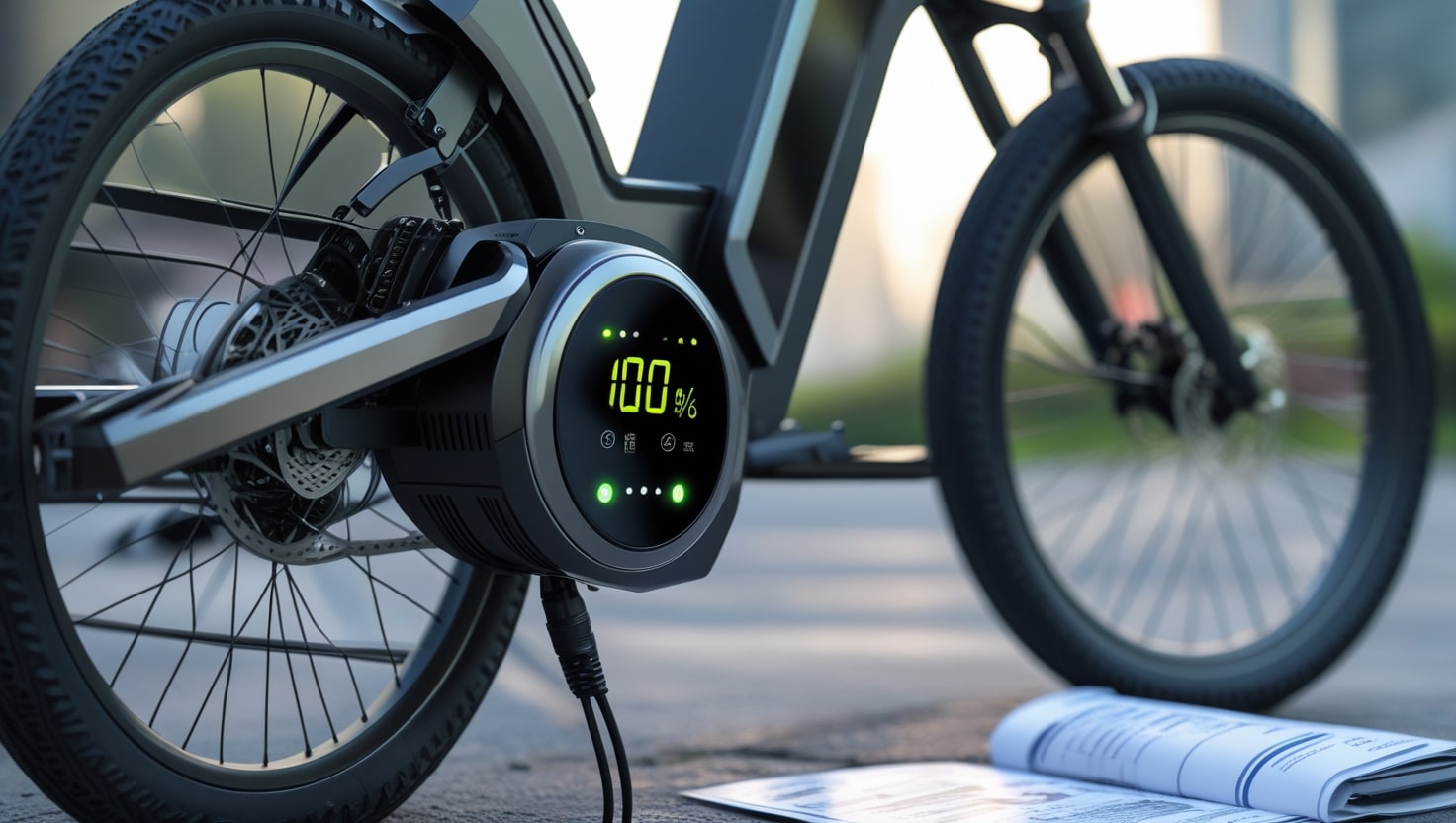After reading this short post, you’ll have a clearer view of the benefits and downsides of riding a bicycle with suspension vs without. From my own ride across both city streets and forest trails, I’ve found that a bicycle equipped with shock absorbers can dramatically change how it feels to travel over bumps and rough paths—it adds a layer of comfort you won’t fully appreciate until you’ve experienced it.
On the other hand, when switching to a rigid frame without suspension, direct road contact enhances speed and control on flat surfaces but comes at the cost of absorbing fewer impacts, which can make longer rides somewhat harsh.
Related: Do Bikes Have Weight Limits?
1. What is suspension on a bicycle?
The idea of suspension on bicycles isn’t new—it dates back to the invention of pneumatic tires by John Boyd Dunlop, which offered a basic way to absorb shocks and vibration from the road. These air-filled tires were a game-changer in cycling, helping to prevent discomfort and sudden jolts caused by potholes, bumps, and other irregularities. Even now, every wheel on modern vehicles benefits from this early innovation.
But when the ride gets rougher—think off-road tracks or uneven terrain—just having tires isn’t enough. This is where true suspension systems come in. A shock absorber, either on the front-wheel or on both wheels, helps to dampen the impacts and maintain control. These are found on what riders call “hardtails” (just front-wheel) or “full-sus/full suspension” bikes, which are built to keep the ride comfortable, reduce jumping, and increase traction, especially at higher speed.
In my own experience riding both road and mountain bikes, the difference is immediately clear. A rigid frame may feel faster on smooth ground, but it can’t dampen the trail’s shocks like a bike with full suspension.

2. Characteristics of (good) shock absorbers (suspension)
When riding over rough terrain, a good shock absorber is what makes the difference between a harsh jolt and a comfortable ride. On a bicycle, the suspension plays a vital role by letting each wheel move up and down smoothly over potholes, bumps, and irregularities in the road. The fork—or more precisely, the suspension fork—connects to the frame and gives the legs room for movement. During compression, the system absorbs the impact and then gradually expands back to its preset position to avoid any sudden kickback, like a pogo stick.
I’ve tested many bicycles on both paved roads and off-road tracks, and those with quality suspension systems clearly perform better in keeping things safe and stable. The effect is clear—not only is the buzz from small vibration and curves softened by pneumatic tires, but larger shocks are reduced too. This balance of compressing, expanding, and maintaining the correct range of motion is what gives you control over the vehicle while riding fast or tackling trails.
Related: What Are Bike Stems?

The following characteristics are essential for a top-notch bicycle suspension:
A good suspension system starts with preload and compression adjustment, letting you fine-tune how the bike responds when you sit on it in a static position.
Rebound damping plays a key role by controlling how the system extends after being compressed, preventing bounce-back and improving control.
From experience, the best setups offer a lockout option—this can be turned off for better performance on climbs, often using a remote lever on the handlebars.
Riders also appreciate low weight (or mass) in the suspension to avoid drag, while expecting it to be strong, durable, and of high quality.
Availability of spare parts is important too, as is how well the suspension resist wear over time without anything that hampers riding efficiency.
3. Types of suspension
Only the particular bicycle parts that can be equipped with suspension will be covered in this section; different design types will not be examined. Suspension is essentially made for:
The front wheel: Most commonly uses suspension forks, which absorb shocks from bumps and rough terrain, making the bike easier to handle and smoother to ride.
The rear wheel: It is attached to the frame by a back triangle and a rotating joint that has a shock absorber built in.
Saddle: Some setups include a seat post with an inbuilt shock absorber, which softens the ride by reducing the stress that reaches the rider through the saddle, especially helpful during longer rides.
Bars: A few models feature bars attached to a stem that also include an inbuilt shock absorber, reducing hand fatigue and improving comfort during extended cycling sessions.
There are a few other suspension kinds, but they are rather uncommon and provide ambiguous comfort advantages, according to ChatGPT. Wheel suspensions are the most important component in improving a bicycle’s comfort and control out of the four previously discussed.

3.1. Suspension seat posts
This is a bit of an odd case.
Some expensive models use a system of parallelograms that allow the suspension to travel without changing the distance between the saddle and pedals, as shown in picture 3a.
Cheap seat posts often use a telescope system, which moves only up and down, affecting pedalling efficiency—these are seen in picture 3b.
A dropper seat post allows the saddle to drop by flipping a switch, making acrobatic riding easier, then quickly return to its original position for better pedalling (picture 3c).
There are also seat posts with springs that compress only on bigger bumps, offering a comfortable ride without constant bouncing. Good quality ones are strong but often heavy, like the one shown in picture 3d.
These styles may not follow the classical definition of suspension but are widely used based on personal riding needs.
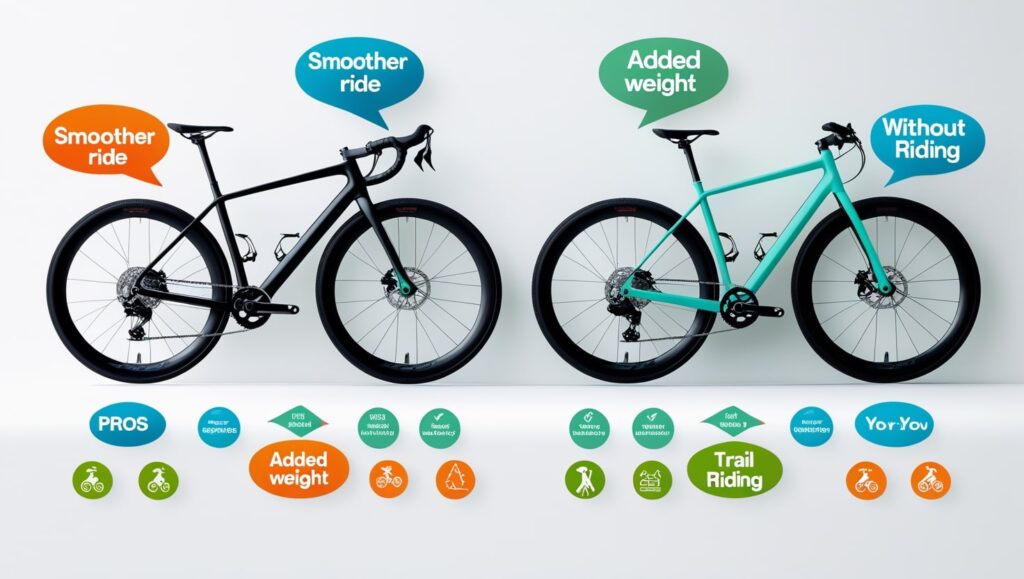
Good:
From my experience, suspension seatposts like the Cane Creek Thudbuster and Ergotec PM-705N use a parallelogram design that allows them to compress backwards in an arc, helping maintain a constant saddle-to-pedal distance, which really supports smooth pedalling without disturbing your biomechanics. These setups add noticeable comfort, especially during longer riding sessions. For more upright positions, saddles like the Brooks Flyer with hard, high-quality springs do a great job of absorbing shocks while staying stable and supportive.
Bad:
While testing different telescopic posts, I noticed that they tend to compress vertically when hitting bumps, which might feel fine at first but can actually shorten the distance between your saddle and pedals. This change can subtly throw off your cadence and may lead to discomfort or even knee pain during longer rides.
4. Pros and cons of suspension on a bicycle
We will talk about the pros and cons by comparing them to a bike with standard rigid frames, seatposts, and stems that don’t have suspension.
Advantages of suspension:
A suspension system gives you more control of the bicycle, especially when cornering or braking on rough roads or uneven paths.
It boosts traction, helping you go faster and safer whether you’re riding downhill or on flat terrain.
From my experience, both stem and seat post suspension mainly improve comfort, making your ride noticeably more comfortable, especially on long trips over bumpy ground.
Disadvantages of suspension:
A suspension fork adds weight to the bike, often making it heavier than a rigid steel setup, even if it’s light and expensive.
Price is another factor—higher-quality parts usually cost more, sometimes several times the price of non-suspension components.
It needs regular maintenance, including services like oil changes and replacement of rubber seals and dust wipers, which takes time and money.
On climbs or steep hills, suspension can slow you down. Even with a lockout option, it’s not completely locked, and that slight give can affect riding efficiency.
Your riding style, the terrain, and your budget are the most important factors when making a decision, even when the listed benefits and drawbacks may not seem fair. A rider who prefers rushing down woodland trails, for example, will probably benefit far more from suspension than someone who only uses smooth, concrete highways.
Do hybrid bikes have suspension?
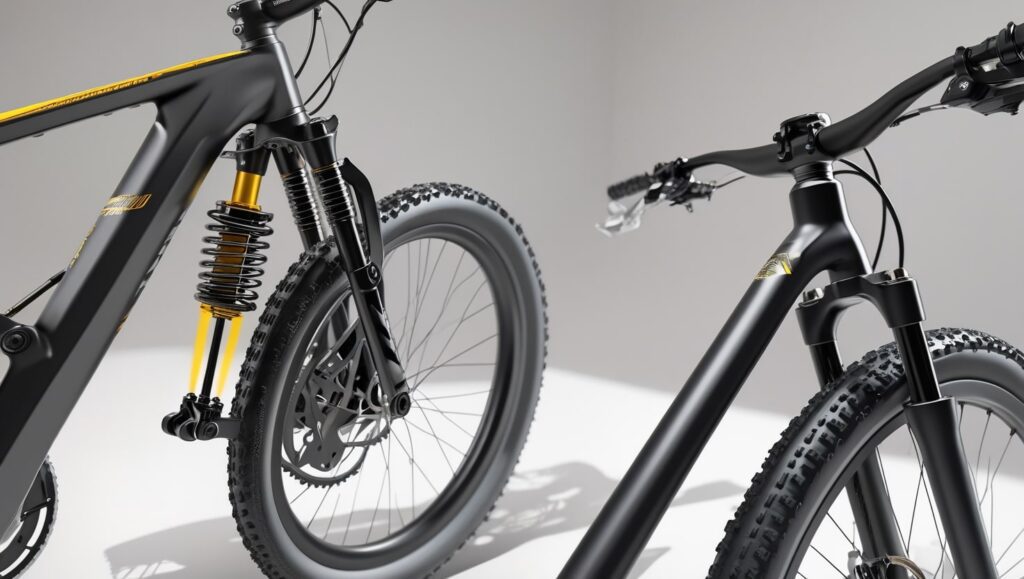
Many hybrid bikes come with suspension, which helps absorb shocks from uneven ground when you’re riding on both paved and off-road terrains. This makes the ride more comfortable, especially in the saddle, and adds traction and better control, making it feel much safer overall.
While these are great benefits for many cyclists, suspension also adds weight and requires regular maintenance, so it’s important to consider how and where you usually ride before deciding.
How often to service mountain bike suspension
To keep your suspension running smoothly on a mountain bike, regular maintenance and servicing are key. Based on my own routine, I make sure to clean the components and refill the lubricant every 25 hours in the saddle, especially after riding through dirt or mud, which can leave parts contaminated.
It’s also crucial to keep everything properly lubricated, as dry or dirty parts wear out faster. For a deeper service, it’s best to do a full inspection and rebuild about every 200 hours of riding to prevent long-term damage and keep the system performing well.
Conclusion – suspension: yes, or no?
In my opinion as both a long-time riding enthusiast and content author, the choice to use suspension depends entirely on your needs and environment. If you’re mainly cycling on paved roads or through the city, a well-designed bicycle with wider tyres, an optimized wheelbase, and longer chainstay length can feel very comfortable without any suspension at all. For many, comfort is subjective, and simple tweaks based on personal criteria may be enough to provide a smooth ride.
However, for those who regularly venture into off-road trails or mountain paths, the added traction and shock absorption of a quality suspension system—especially one with lockout and rebound damping—can make a big difference. That said, a good setup comes at a more expensive price and requires ongoing service. In contrast, low-end suspension without these features often leads to disappointment. From my experience and knowledge, if you go the suspension route, prioritize quality—otherwise, you’re likely better off without it.

